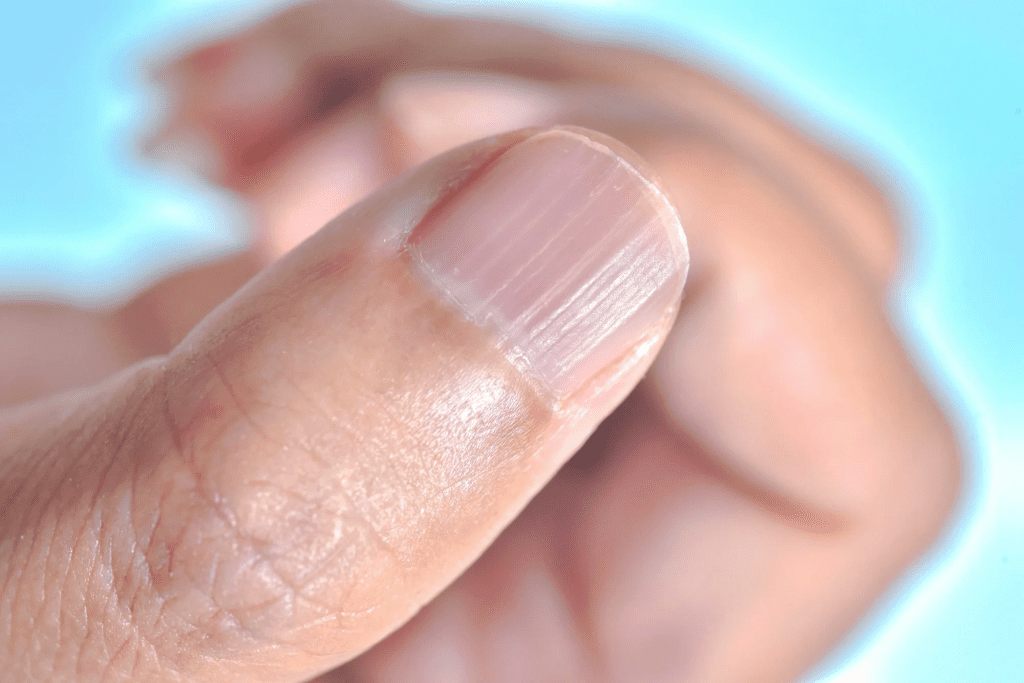Have you ever noticed vertical ridges on your nails? And do you wonder what it is and whether it affects our health? While they may seem like a minor cosmetic issue, understanding the potential causes and implications of vertical nail ridges can provide valuable insights into your overall health and well-being.
These ridges can vary in terms of their depth and prominence, with some being more pronounced than others. The appearance of vertical nail ridges is often associated with the natural aging process, but they can also be indicative of underlying health conditions or nutritional deficiencies.
By recognizing and understanding the underlying causes of this condition, people can take proactive steps to address any health issues and maintain their overall health.

In this article, we will explore the causes and when to seek medical advice:
- Natural Aging Process: As we grow older, our nails undergo structural changes, and the production of proteins that give nails their smooth appearance decreases. This can result in the formation of vertical ridges, which become more pronounced over time. While this is a natural occurrence, it’s important to rule out any underlying health conditions that may contribute to the development of these ridges.
- Nutritional Deficiencies: Vertical ridges can be linked to nutritional deficiencies. “Protein: Insufficient protein may hinder the body’s ability to form strong, healthy nails.” A lack of Vitamin B12 and iron can also cause changes in nail texture and shape, such as spoon-shaped nails.
- Dehydration: “Inadequate hydration affects all parts of the body, including nails.” Dehydration can lead to brittle, ridged nails, so drinking enough water is crucial for maintaining healthy nails and skin.
Remember, while vertical ridges are usually not a cause for concern, persistent changes in nail appearance should be discussed with a healthcare professional to rule out more serious conditions.